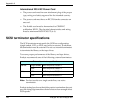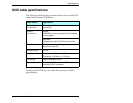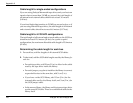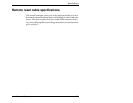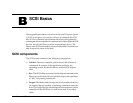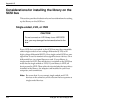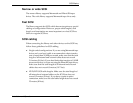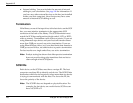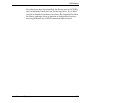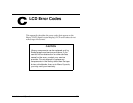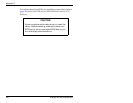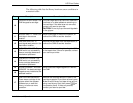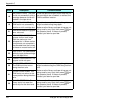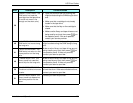
Appendix B
156
Exabyte 440 and Exabyte 480
✔ Internal cabling. You must include the amount of internal
cabling in your calculations. See page 149 for information. If
you have any other external devices on the bus (not installed
inside your host computer), these devices may have some
amount of internal SCSI cabling as well.
Termination
If the library or one of the tape drives is the last device on the SCSI
bus, you must attach a terminator to the appropriate SCSI
connector at the back of the library. The SCSI terminator must
match the SCSI bus configuration (single-ended, LVD, or HVD;
wide or narrow). Termination can be active or passive. If you are
using Mammoth tape drives and your host can transfer data at
more than 5 MB per second, use active termination. If you are
using Eliant 820 tape drives, or if your host limits data transfer to
5 MB per second or less, use either active or passive termination.
For best results on a single-ended bus, use active termination.
Note: Exabyte testing has shown that older passive termination
does not provide rising edge transitions that are fast or
clean enough at fast SCSI speeds.
SCSI IDs
Each device on the SCSI bus must have a unique ID. The host
computer uses these IDs to identify each device. The SCSI ID also
determines which device has priority when more than one device
is trying to communicate with the host. The lower the ID, the
lower the priority of the device.
Note: The SCSI ID does not depend on physical location. For
example, the last device on a multi-device SCSI bus can
have a SCSI ID of 2.



